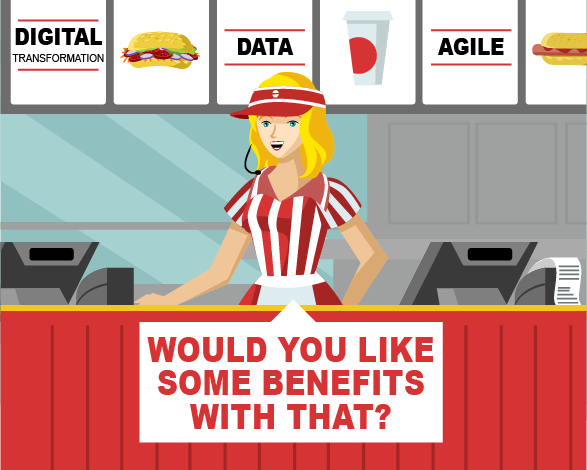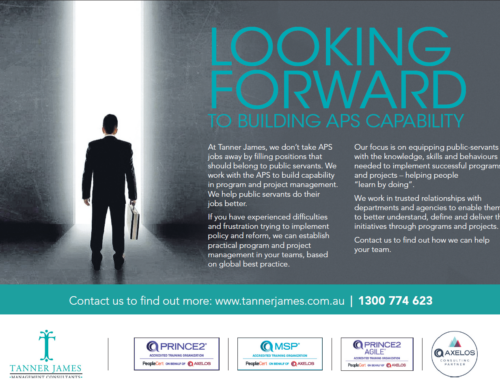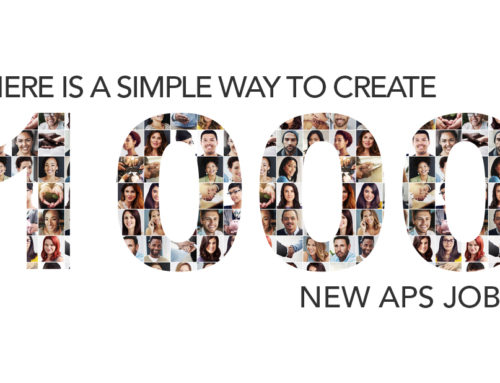“Hello, welcome to the ICT area, may I take your order please?”
“Hi there, I’d like a large digital transformation, with big data, plenty of agile, and I want it now”
“Would you like some Benefits with that?”
“Errr, sure, why not – get someone to cook them up and put them in a separate wrapping”
Unfortunately this is a prevalent attitude in Australian government department’s and agencies today. Does that statement sting? Read on…
The Black Art of Benefits Management
Unfortunately some people like to make things complicated, and benefits haven’t escaped their clutches. Sure, there is some considerable thinking behind benefits management. There is also considerable thinking behind financial management – yet people have no problem with the concept of simple procurement or buying something on a credit card. However when it comes to benefits, people love to complicate things.
Have you ever experienced any of the following:
- A consultant who professes to be a benefits management specialist explaining why you don’t understand what benefits are?
- A large firm or company spending months producing benefits documentation that would be sufficient to paper the walls of a good size home?
- A corporate area that insists all benefits must be financial and anything can be translated into a hard dollar value?
- A PMO who have created a template-driven benefits management framework that no-one else can understand?
It really doesn’t need to be this way.
Back to Benefits Basics
A benefit is a measurable improvement resulting from an outcome perceived as an advantage by one or more stakeholders. In other words, benefits are why you do the project – expressed the way users want, using words they understand. No clear benefits? Then don’t embark upon, or continue, the project.
How do you ensure the project stays focussed on benefits? Create a simple Benefits Management Approach:
- Check users and business areas really understand and own benefits – that they haven’t just nodded politely in an endless series of externally facilitated workshops.
- Identify what actions are required to ensure benefits are likely to be achieved.
- Identify how the realization of each benefit will be measured (and capture the current baseline).
- Agree the timing of benefits reviews – ideally during the project at stage boundaries.
These words are taken from the 2017 edition of the PRINCE2® Manual, which now includes creation of the Benefits Management Approach as part of refining the Business Case. So if your current project Business Case is simply a vehicle used to secure funding commitment, it’s time to think again – be authentic about the ownership, definition and realisation of benefits.
Want to know more about a simple approach to benefits?
If you would like to know more, please call me personally on 0407 404 688 or email me at john.howarth@tannerjames.com.au . I would be very happy to come to meet you, answer questions and provide further information.
What do you think?
Please feel free to comment on the blog itself or via LinkedIn.






Leave A Comment